I'm designing for the first time a PCB that can be powered from an external +12V supply or from the USB connector.
In the input of the board, just after the power connector (VINLDO net is the +12V power input), I've placed two LDOs in series. The first provides regulated +5V and the other +3.3V as the schematics shows:
When VBUS = +5V and there's no voltage in VINLDO net could I damage the U5 (MCP1703AT-5002E/MB) voltage regulator, since I'm "feeding" a +5V signal into its output?

